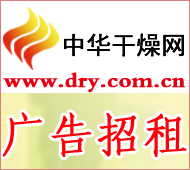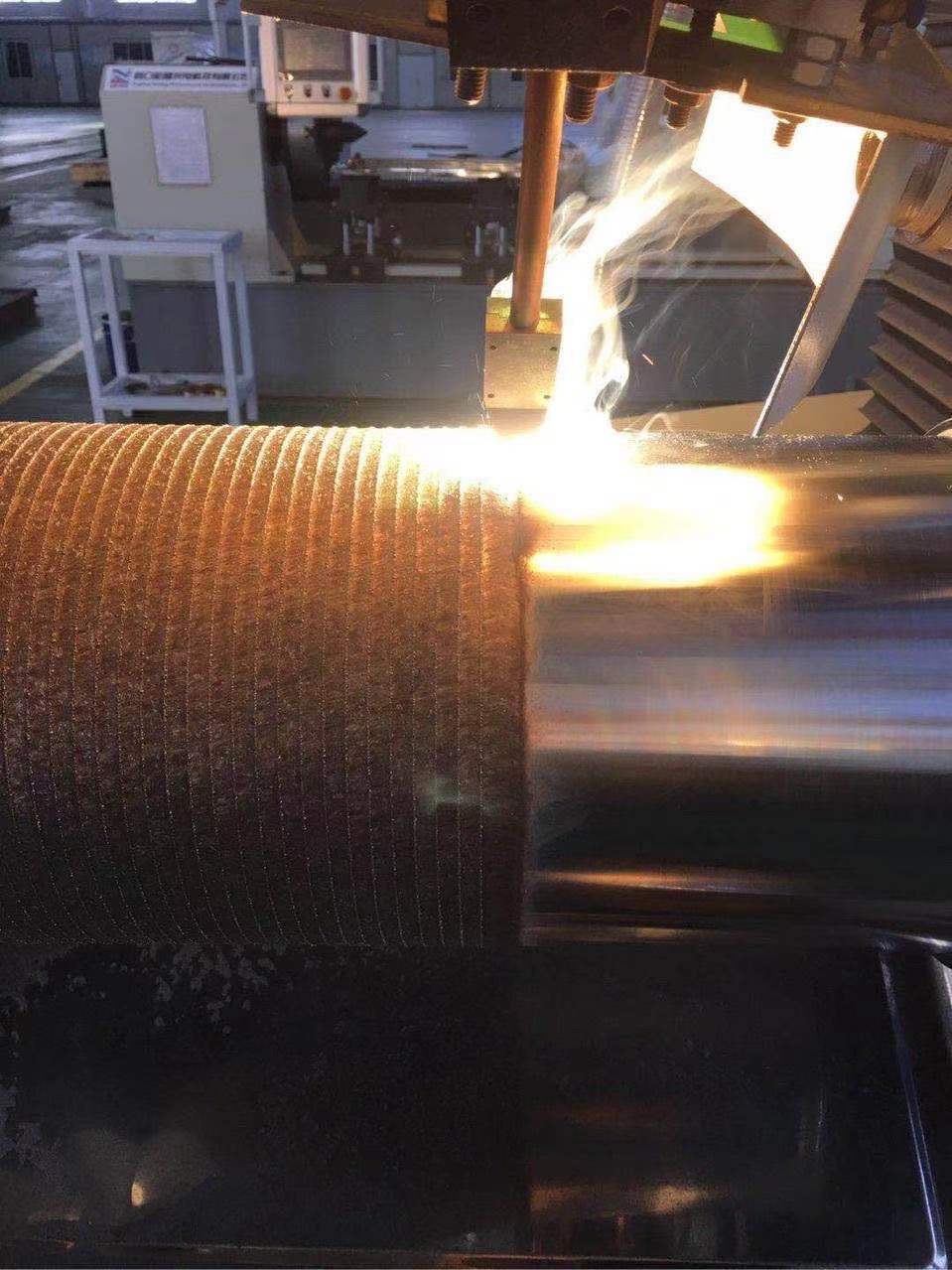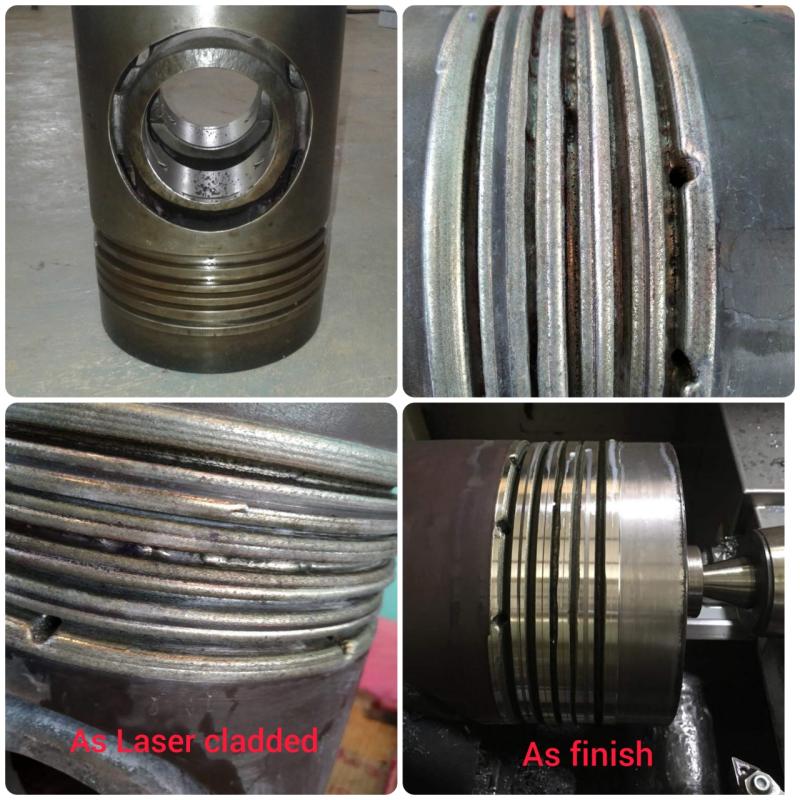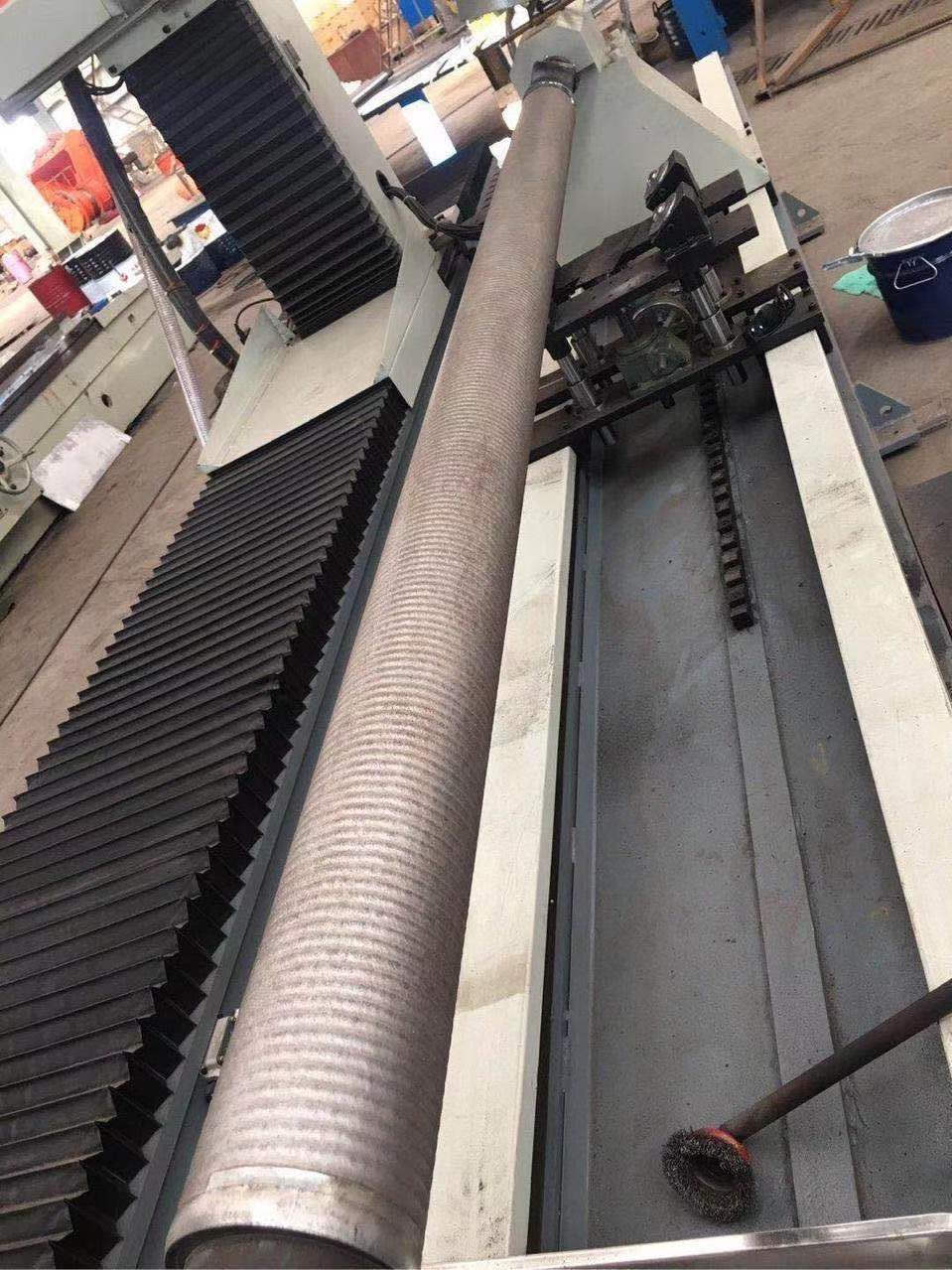China's electrolytic aluminum production capacity has ranked first in the world for 11 consecutive years since it was ranked first in the world with 4.33 million tons in 2001. In 2011, China’s electrolytic aluminum production increased by 11.53% from the previous year, accounting for about 40% of the global total. The People's Liberation Army, vice president of the China Nonferrous Metals Industry Association, said that although the electrolytic aluminum market has been in a situation of oversupply for a long time, it has not affected the investment enthusiasm of companies for electrolytic aluminum projects. In 2011, the electrolytic aluminum production capacity reached 3.4 million tons, mainly in Xinjiang and Qinghai. In order to adjust and optimize the industrial layout, in the next few years, the state will actively guide the transfer of electrolytic aluminum production capacity in energy-short areas to the energy-rich western region on the premise of total control. It is understood that electrolytic aluminum production in western China has accounted for 55% of total production in 2011, an increase of 4% year-on-year. The top 10 production areas accounted for 7 in the central and western regions, of which Xinjiang produced 294,100 tons in 2011, a substantial increase of 345.92% year-on-year, and the built, under construction and proposed capacity exceeds 13 million tons per year. Industry insiders believe that rising energy costs are the main reason for the westward shift of electrolytic aluminum production capacity. Since 2010, more than 90% of China's electrolytic aluminum production capacity has been increased in the western region. Given the obvious advantages of energy prices in the western region compared with the eastern and central regions, with the continuous increase in electricity prices and widening of the inter-provincial electricity price gap, the electrolytic aluminum production capacity will accelerate. Transferred to western regions such as Xinjiang, Inner Mongolia, Gansu, Qinghai, and Yunnan, where coal and water resources are abundant. Jia Yinsong, the inspector of the Ministry of Industry and Information Industry of the Ministry of Industry and Information Technology, said that during the 12th Five-Year Plan period, China will strictly control the expansion of electrolytic aluminum production capacity and eliminate all outdated electrolytic aluminum production capacity. In the next few years, China will establish and improve the withdrawal mechanism for electrolytic aluminum production capacity in high-power price regions, actively guide the transfer of electrolytic aluminum production capacity to the energy-rich western regions, and gradually promote the transformation of urban aluminum smelting enterprises or environmental protection relocation.
Nickel Based Laser
Cladding Powder
Ni base alloy
powder is mainly made of NiCrBSi or NiBSi. Ni-based self-fluxing powder has
good wettability, corrosion resistance and high temperature self-lubricating
effect, and is used in components with heat resistance, corrosion resistance and
thermal fatigue resistance. In general Ni35,Ni45,Ni60 etc can be used for laser
cladding, the No means hardness of powder. Inconel 625 and 718 has good
corrosion property under higher temperature, also widely used for laser
cladding process.
Cobalt based Laser
Cladding Powder
Cobalt-based alloy
powder is the cemented carbide resistant to various types of wear and corrosion
as well as high temperature oxidation. That is, the so-called
cobalt-chromium-tungsten (molybdenum) alloy or Stellite alloy cobalt-based
alloy is mainly composed of cobalt, containing a considerable amount of nickel,
chromium, tungsten and a small amount of molybdenum, niobium, tantalum,
titanium, Alloying elements such as lanthanum, and occasionally a class of
alloys containing iron.
Co-based self-fluxing
alloys have good high temperature performance and wear resistance and corrosion
resistance, and are used in petrochemical power, metallurgy and other
industrial fields where they are wear-resistant, corrosion-resistant and
high-temperature resistant.
Iron based Laser
Cladding Powder
The work pieces
required for laser cladding and manufacturing in the actual industry are mainly
carbon steel and cast steel. The Fe-based alloy is close to the base material
in composition and has good wettability. The advantage of Fe base powder is
lower cost and good wear resistant of cladding layer. As a result, it`s the
most widely used for laser cladding process. It is suitable for parts that
require local wear resistance and are easily deformed.
WC blended Laser
Cladding Powder
Tungsten carbide blended with Ni alloy powder is the best
choice for wear resistant work piece. This unique process can bring excellent
wear, corrosion and high temperature resistant. Our blend powder can achieve
different portion of WC from 35% to 60% without crack under suitable cladding
parameter.
Iron Alloy Powder,Nickel Alloy Powder,Cobalt Alloy Powder,Laser Cladding Powder Luoyang Golden Egret Geotools Co., Ltd , https://www.hvafspray.com


